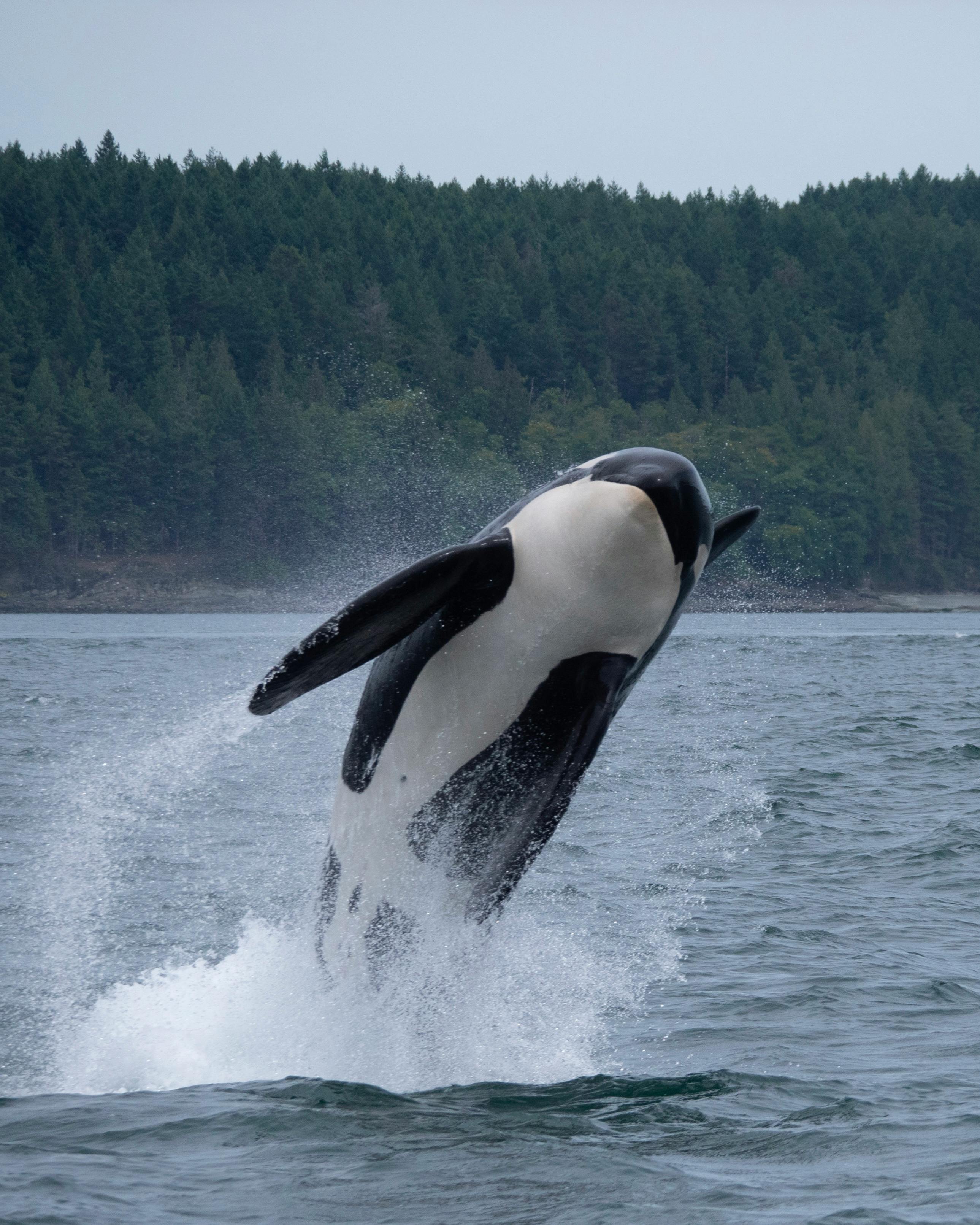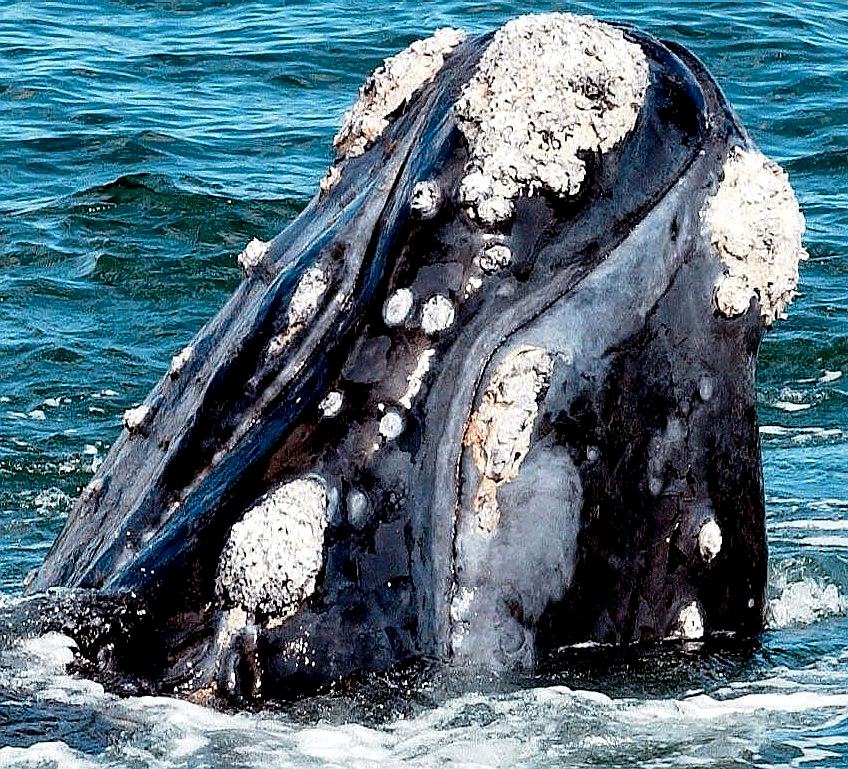

To spot the whales, the team first surveyed the images manually and then used image-processing software that employed a whale-recognizing algorithm they wrote. The image was broken down into eight color bands with an on-the-ground resolution of about two meters per pixel and a panchromatic band with an on-the-ground resolution of 50 centimeters. The WorldView2 image they acquired surveyed a 40 square mile area of ocean and provided imagery that penetrates deeper into the water column than other satellites currently deployed. In a study published today in PLoS One, the researchers analyzed a single image taken by WorldView2, a satellite capable of imaging at extremely high resolutions. Thanks to bans on whaling, those previously endangered animals seem to be increasing in numbers, but no one knows the right whales’ actual population size. They decided to put this idea to the test in a bay off the coast of Argentina’s Peninsula Valdes, where southern right whales gather to breed. But recent advances in imaging resolution and accuracy, the team thought, might be enough to make renewed surveying attempts a success. Although a few past studies have turned to satellites as a possibility for surveying whales, those efforts haven’t produced much success, mostly because the images were not very refined.

“Traditional means of counting them are localized, expensive and lack accuracy.”īut what if this task could instead be automated and conducted over a large area of ocean all at once?įretwell and his colleagues at the Survey realized that, at least for whales, very high resolution satellite images might provide a useful shortcut for counting those animals. “Whale populations have always been difficult to assess,” said Peter Fretwell, a researcher at the British Antarctic Survey, in a statement. Oftentimes, counts are restricted to a single person standing on land or on a ship platform with a pair of binoculars, or flying overhead in a small plane, doing his or her best to spot the elusive whales. Even huge mammals such as whales, which spend a significant portion of their time at the ocean surface, prove difficult to count.

For ocean-dwelling creatures, this task becomes even harder given that the ocean is so large and is quite good at concealing animals within its depths. This is especially important for determining whether management or conservation efforts need to be adjusted.įinding out how many animals exist in a particular place, however, varies in difficulty. That knowledge also allows scientists to quantify how certain species' populations change through time and to extrapolate how an environment and the species within it may change s in the future. Knowing how many animals and of what kinds live in a particular habitat is essential for understanding the relationships between them. Counting tends to be at the base of any ecological study.


 0 kommentar(er)
0 kommentar(er)
